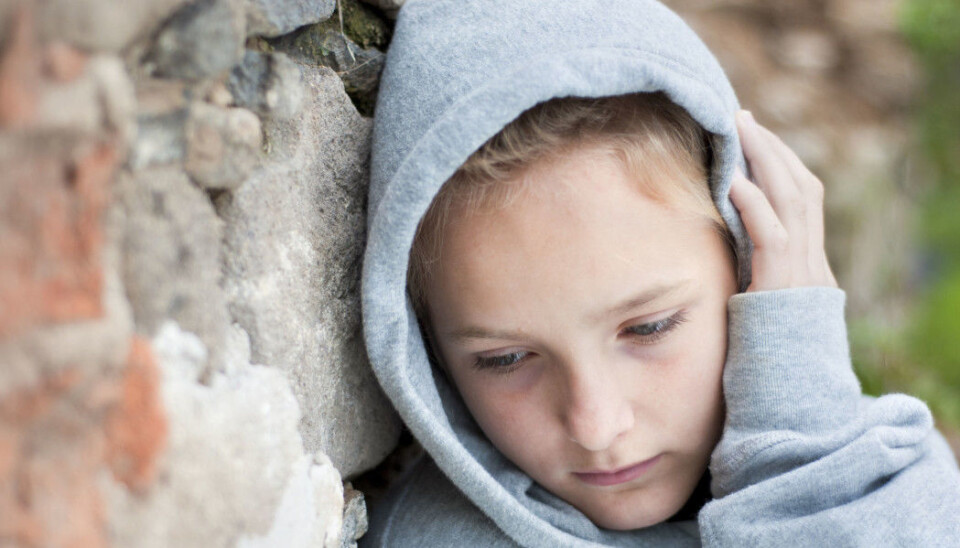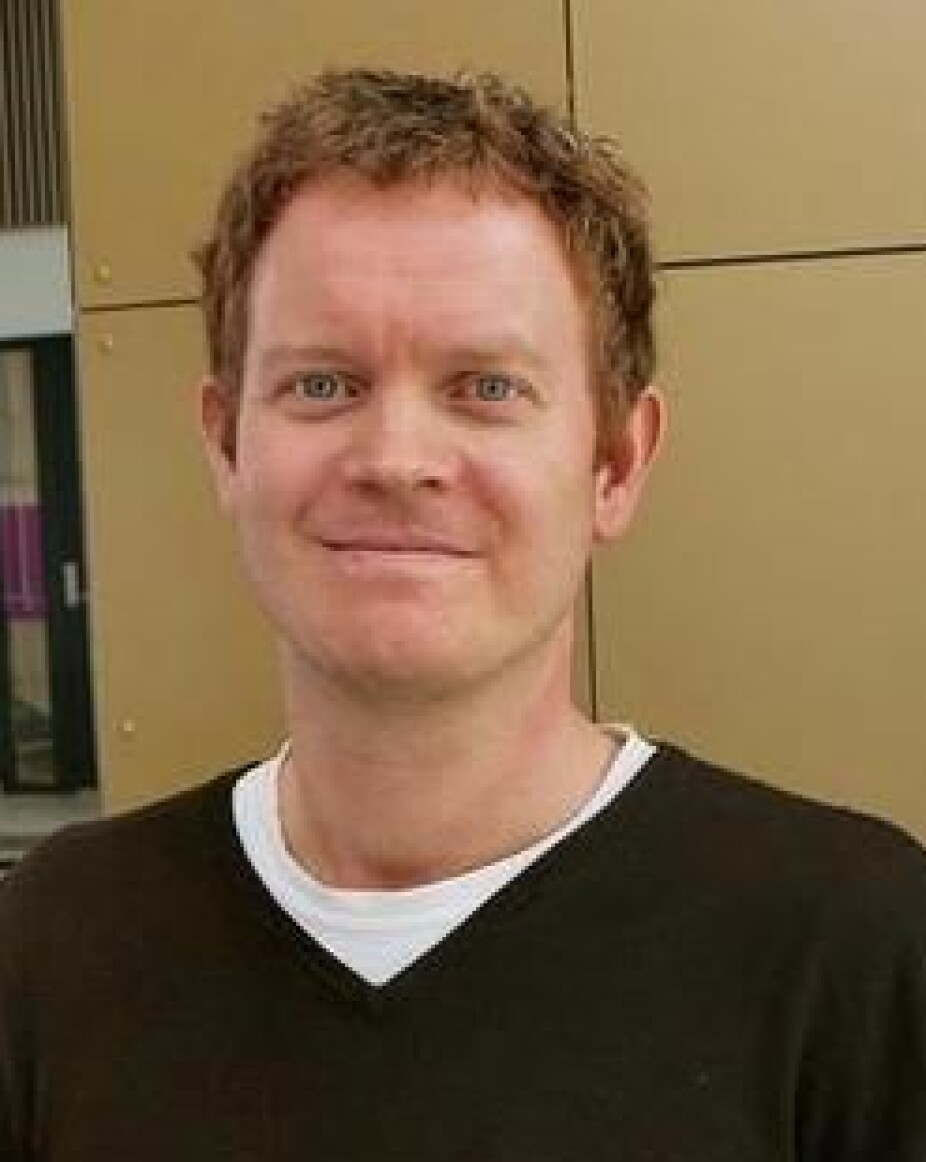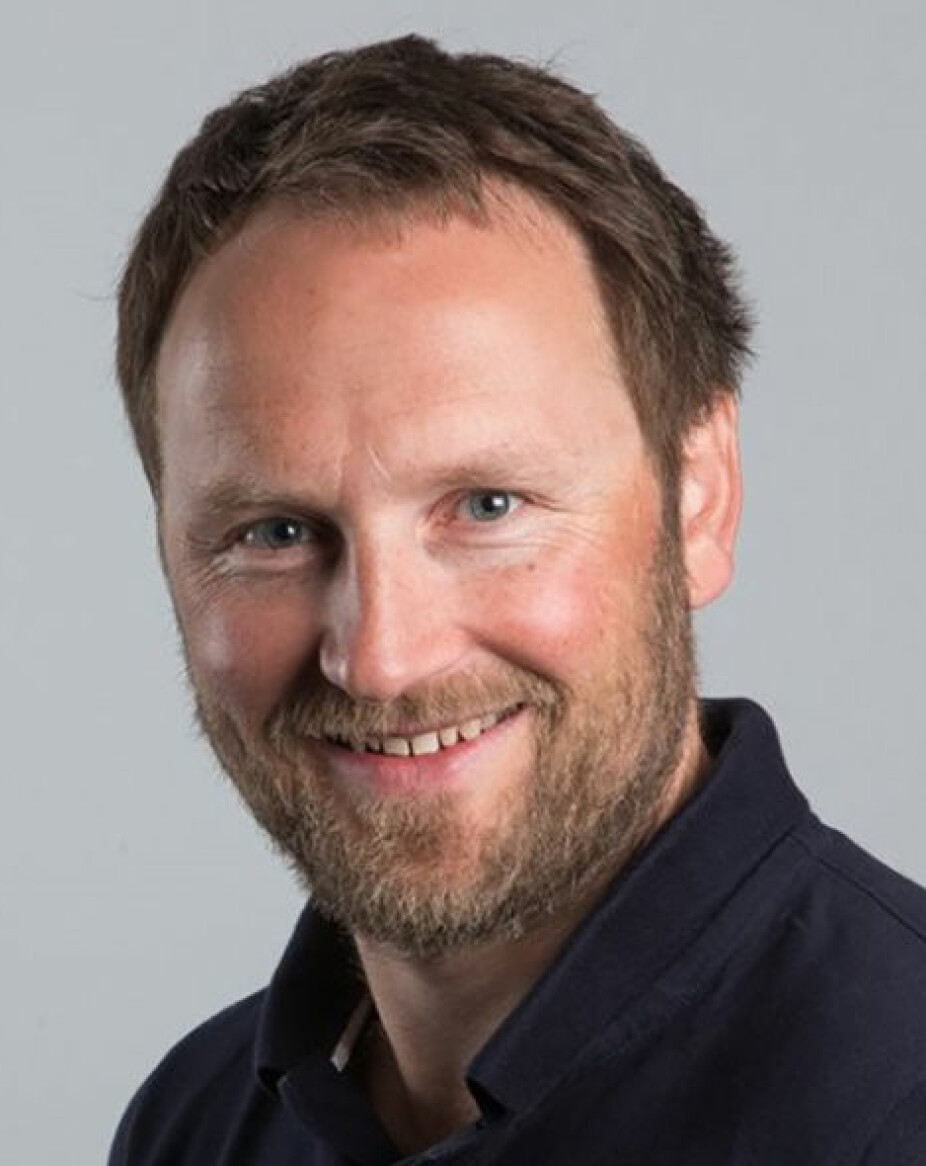
Not even a Nordic welfare system protects children from the effects of a tough childhood
Children who experience a high degree of adverse events had up to 4.5 times the risk of dying before they were 35 years old as compared to children with few or no challenges, according to a new study from Denmark.
More than one million Danish children have been studied, making this study the largest of its kind.
The main researcher behind the study, Naja Hulvej Rod, says to danish newspaper dr.dk that she is surprised by the findings.
She had expected that a tough and stressful childhood would be associated with harmful behaviours and a slightly increased risk of dying early. But Rod finds it surprising that the connection is so strong.
“Dying before you’ve turned 35 is too early,” says the University of Copenhagen professor.
Accidents, suicide and cancer
Researchers studied children born in Denmark from 1980 to 1998.
Using social security numbers and public records, they searched for difficult social conditions and stressful life events in the children’s lives. The registers provided data about the children themselves, their parents and siblings.
The researchers were interested in the risk of dying early in life. Specifically, they studied how many people died between the ages of 16 and 36 years and their cause of death.

Accidents and suicide were found to be the two most common causes of premature death, with cancer as the third most common cause.
Study deemed impressive
The Norwegian researcher Tormod Bøe, who also researches social inequality, believes that this study is impressive in its design and size.
He is an associate professor in the Department of Social Psychology at the University of Bergen and a senior researcher at the Regional Centre for Child and Youth Mental Health and Child Welfare (RKBU West, Norce).
“I hope this study can illustrate the great potential that exists in our health registries. When you can access so many people, over one million, the opportunity to go into more detail on various diseases and types of stress in life is greatly expanded,” Bøe says.
He believes studies on this scale can bring out exciting nuances that do not arise in smaller studies.
Norway has a number of mandatory health registries and other health registries and biobanks that are often talked about as gold mines for researchers. Work is currently underway to collect all the different registries in one large health data registry.
Striking in a welfare society
The Danish researchers write in the study that finding such strong connections between adverse life events and premature death is striking in a country like Denmark.
Denmark, like Norway, is a welfare state that strives to ensure that vulnerable children and families receive social and economic security.
Tormod Bøe thinks it is particularly interesting that the study was done in a welfare system.
“In the Nordic countries, we stopped talking about social inequality in the 1960s and 1970s. Improvements in hygiene, working conditions and health services led to a dramatic improvement in public health. But those who worked with health saw that the social inequalities remained" says Bøe.
Recent research continues to document these differences.
Differences on the rise in Norway
Bjørn Heine Strand is one of the researchers in Norway who has been doing a lot of research on social inequalities in health.
He and others have found large socio-economic differences in life expectancy among adults, even in Norway.
And the differences are actually increasing, Strand says.

A 1997 research article in The Lancet comparing the health situation in European countries revealed that the differences in health were greater in Norway than in England.
The Nordic paradox
“It’s surprising that such large health differences exist in welfare states like the Nordic ones,” says Strand.
“And that the differences are just as great as in other countries in Europe, which have completely different welfare states and greater class differences. This is called the Nordic paradox.”
In fact, Norwegians are not that much better off when compared to a country like the United States.
Although the differences in income are much smaller in Norway than in the USA, the difference in life expectancy between men at the very top and bottom of the income scale is almost the same. But people who are in the middle of the scale live longer in Norway, according to a scientific article that Strand contributed to in 2019.
“These data indicate that our welfare schemes may actually do more to socially level our health here in Norway than in the United States after all,” he says.
Three different kinds of adverse events
The Danish researchers distinguish between three different types of adverse events in children's lives.
One type has to do with poverty or poorer finances, for example if parents become unemployed.
A second type of adverse event is family loss or threats to the family, such as parents or siblings dying or becoming seriously ill.
The third type of event involves major changes in the family. Example situations are parents who have divorced, a close family member who has become mentally ill and received psychiatric help or a family member who has had a substance abuse problem that has resulted in treatment.
The researchers did not have data on physical or sexual abuse of children, domestic violence or child neglect. Thus, the relationship between premature death and a tough childhood could be even stronger, the researchers believe.
More than four times higher risk of dying
Almost half of all the children in the sample experienced some degree of adverse childhood events. This is associated with a slightly higher risk of dying prematurely in adulthood.
The more stressful the experiences they had during childhood, the higher the risk of premature mortality.
About three per cent of the children experienced a great deal of adversity. This group had a 4.5 times greater risk of dying young than children who had little or no childhood adversity.
Three per cent may not sound like much. But, Naja Hulvej Rod points out, with such a large sample group, that percentage amounts to more than 35 000 children.”
Why did they die prematurely?
Researchers know from previous studies that negative experiences in childhood have a strong effect on our health.
Such experiences impact not only our mental health, but also physical health.
Previous studies have shown that the health risk in adulthood increases dramatically if you have been exposed to harsh conditions as a child.
Several theories exist as to why more and more researchers are finding a link between adverse life events in childhood and poor health and premature death in adulthood.
“One theory that is gaining increasing support in research is that growing up in a state of chronic stress does something to us", says Tormod Bøe.
Stress is harmful over time
We have an innate system in our body that is designed to deal with acute stress. When the situation or event that triggers the stress disappears, the body is supposed to rest, he explains.
“Several studies have shown that when the stress response does not return to neutral, the body remains in a state of chronic activation, which can be harmful over time. Stress increases blood pressure and resting heart rate and suppresses the immune system.
Research has also shown that when our emergency stress system is activated for a long time, it reacts faster and more strongly the next time we are exposed to a stressful situation and is harder to turn off,” says Bøe.
“A lot of research confirms this theory, both from brain imaging and physical measurements of stress hormones, so I think it’s a sensible way to understand this,” he says.
Translated by Ingrid P. Nuse
Source:
Naja H. Rod et al: Trajectories of childhood adversity and mortality in early adult age: a population-based cohort study, The Lancet, August 2020.
———
Read the Norwegian version of this article on forskning.no


































